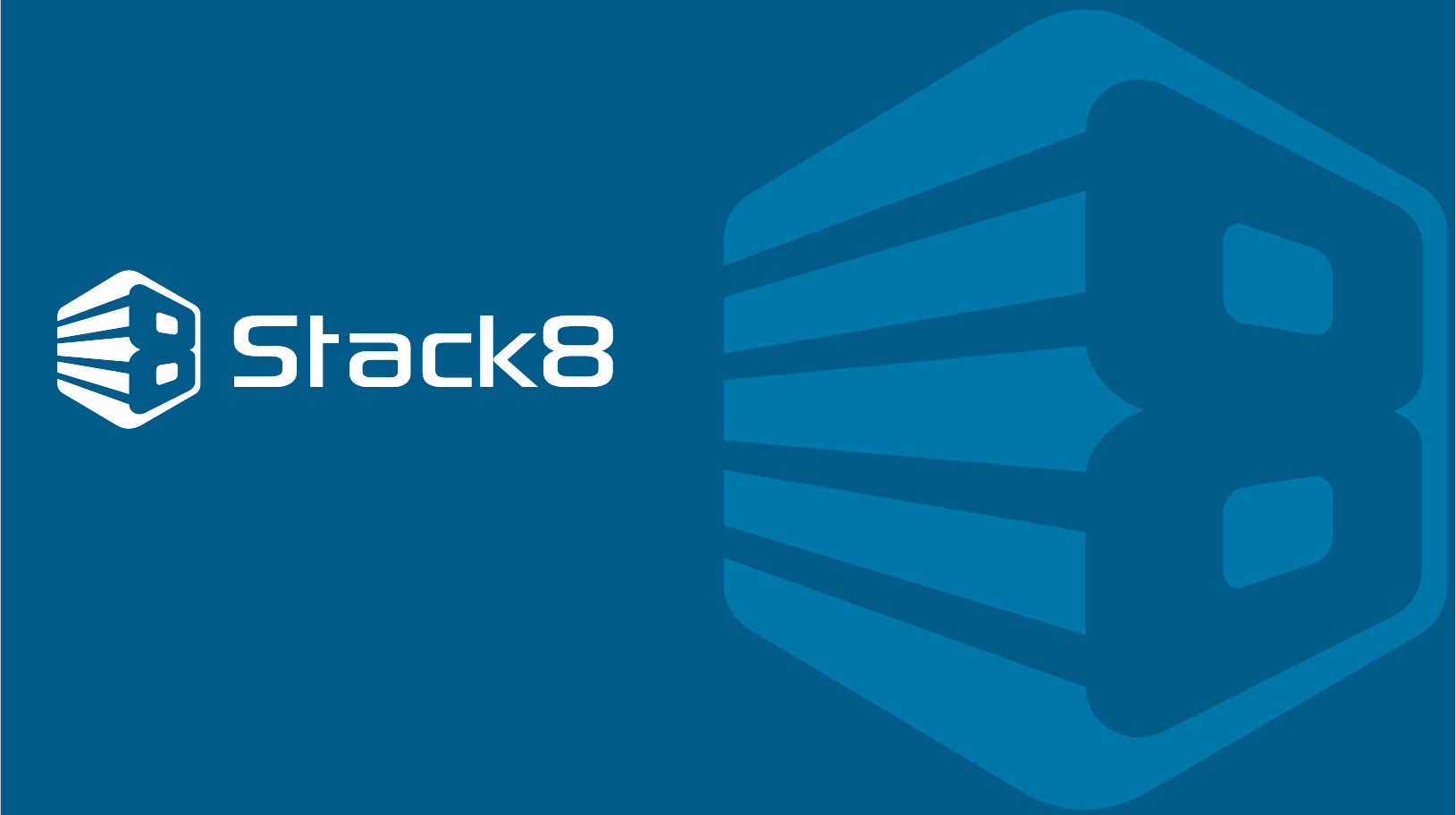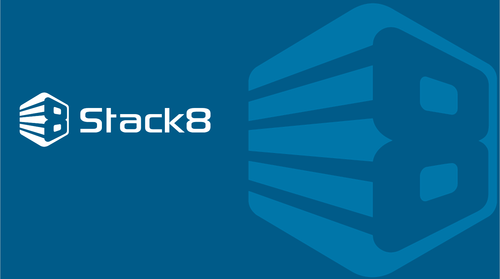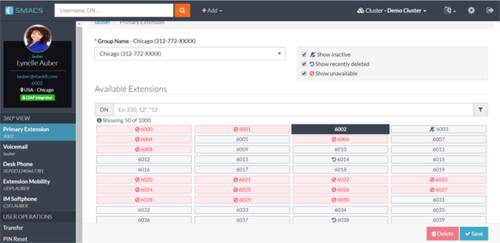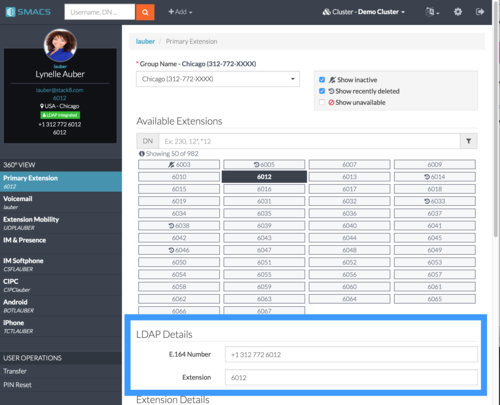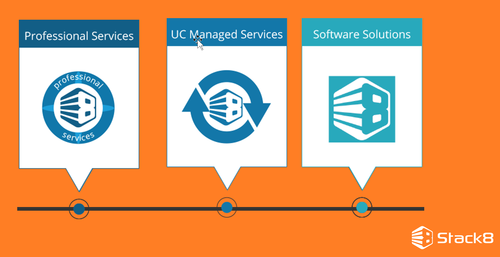When it comes to UC, quite often, integrators leave when a system is 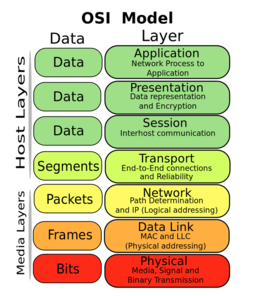 technically up and running, not when it is optimally running. Stack8 was founded in 2010 to address this gap by bringing enterprise UC systems closer to what they could be doing from what they are doing.
technically up and running, not when it is optimally running. Stack8 was founded in 2010 to address this gap by bringing enterprise UC systems closer to what they could be doing from what they are doing.
The name Stack8 is interesting – it comes from the 7 layers OSI model starting at the bottom – the physical layer carrying binary transmission all the way up to layer 7 or the application layer.
Stack8 refers to the human and business layer which runs on top.
CEO Steven Karachinsky explained in an exclusive interview, his company fights for customers to achieve the promise of UC and network – allowing users to communicate anywhere, anytime, on any device.

They work with companies using Cisco UC and fill in the gaps.
For example – moves, adds and changes using a level 2 engineer is challenging as it’s expensive, doesn’t provide job satisfaction for the tech, zaps morale and is low priority, meaning a new employee could wait 48 hours for a new phone to be configured.
As a result, they built SMACS or the STACK8 Moves, Adds and Changes System so non-technical users can take over the task without errors. He explained ease-of-use is very important to them – there is no new terminology to learn, the logic is built-in and there are no templates needed like other solutions on the market.
“We try to make it as easy as smartphones,” he exclaimed.
There is a Dial-Plan Manager which acts like an airplane seat selector, showing available numbers when you’re assigning a new extension.
In addition, the IT administrator can:
- Decide which fields or services should be shown to and hidden from the user.
- Choose which fields are required.
- Provide default values for any field.
- Select and order the values of any drop down.
- Customize text fields such as descriptions and labels to follow your company standards.
- Set restrictions based on location (e.g. define a New York SMACS user and a Chicago user who can each do provisioning only for their office.)
Then you can authorize non-technical people in office administration, human resources or other departments to take over user provisioning. SMACS automatically validates each field, preventing misconfigurations.
When choosing a user’s Primary Extension, SMACS has the ability to provision the user’s internal extension automatically, and full E.164 DID to any field in Active Directory. (ex. ipPhone, telephoneNumber).
Steven said they are a Cisco technical partner and they see the importance that meeting tools like WebEx in today’s business world.
For the meeting experience Stack8 offers the following:
- UC Managed Services including implementation.
- Consultation services – from what device is best for what room to how to maximize your teams utilization. Steven says they can help from A-Z or A-L, depending on your needs.
- Software solutions (a-la-carte or bundled with managed services). For example: Intelligent Booking System for Webex Teams – enables users to automatically schedule meetings in suitably sized spaces.
- The solution uses a bot named Octo to assist you to find and book the right room for your meeting.
- It will automatically find you the next available room when all are in use.
- It will free up a reserved room when there is a no-show.
- It allows you to extend your meeting when you require more time.
- It can even order you refreshments for your meeting

Soon we can expect cloud services for telephony and contact centers based on Broadsoft BroadCloud – thanks to the Cisco acquisition of this leader in hosted UC enablement.
They will have an offering assisting with cloud migration as well.
Asked about how they can help with organizations which have a multivendor solution such as Cisco, Mitel and Avaya and he said they have partnered with Cisco, the industry leader and think it is better to have standardization as it leads to better utilization. Having said that – they do work to have integrations and standardization with Microsoft Teams and Skype for Business.
Asked about whether the IT teams at customer sites see them as competitive, he responded Stack8 acts as an extension and IT can’t handle everything. They act as another employee and help the customer along the UC journey.
We also queried about how his organization deals with things like Slack integration and he mentioned they don’t want to be a Jack-of-all-trades – they need to be careful but they do monitor the market carefully. “All we do is focus on UC and networking,” he emphasized.
They also are working on analytics and pushing relevant information to customers. This is actionable information so business leaders can see what is happening in the environment. The goal is to ensure apps become strategic to achieve business goals.
Learn more at ITEXPO, January 29-February 1st, 2019 in Fort Lauderdale, Florida.
Where Doers & Disruptors Find Communications & Technology Solutions

